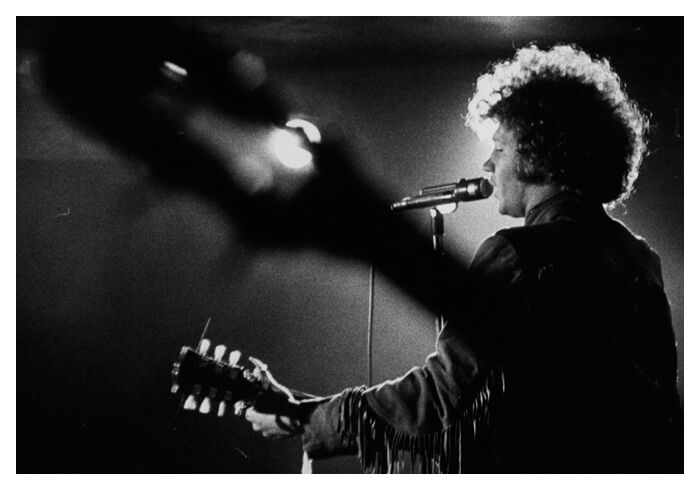Quebec nationalism typically focuses on the importance of respecting provincial areas of jurisdiction, prioritizing Quebec’s autonomy, protecting the French language and ensuring Quebec society is recognized as distinct.
During World War II, anti-conscriptionists joined forces to form the Bloc populaire, a nationalist party that advocated for Canada’s independence from the United Kingdom and respect for the provinces’ areas of jurisdiction.
Maurice Duplessis, Premier of Quebec from 1936 to 1939 and again from 1944 to 1959, was a Quebec nationalist who fought for greater autonomy for Canadian provinces.
After the 1950s, Quebec nationalism was modernized, in line with the desire to protect the French language and maintain Quebec society’s distinct character. Many wanted Quebec to be a sovereign country and organizations and political parties began to campaign for Quebec’s independence in the 1960s and 1970s.
Daniel Johnson Sr., Premier of Quebec between 1966 and 1968, wanted to elevate Quebec’s status in the Canadian federation. He published an essay entitled Égalité ou indépendance explaining the position of his political party, the Union nationale:
“...two centuries after the War of the Conquest, we no longer want to be denied the right to be as we are: a French nation in America. [...] We no longer want to be tolerated, but to be masters in our own right.”
Excerpt from Égalité ou indépendance, 1965
Journalist René Lévesque founded the Sovereignty-association movement in 1967. The movement joined forces with the Rassemblement pour l’indépendance nationale (RIN) the following year, becoming the Parti Québécois. René Lévesque introduced the concept of sovereignty-association in a manifesto called Option Québec. Beginning in 1974, the Parti Québécois’ ideas were published in the newspaper Le Jour.
Many Quebec artists addressed Quebec nationalism in their work, including the show Poèmes et chants de la résistance and the performance l’Osstidcho, put on by Robert Charlebois, Yvon Deschamps, Louise Forestier and Mouffe (Claudine Monfette).
Quebec’s independence became a central debate and was at the core of the 1980 and 1995 referendums.
